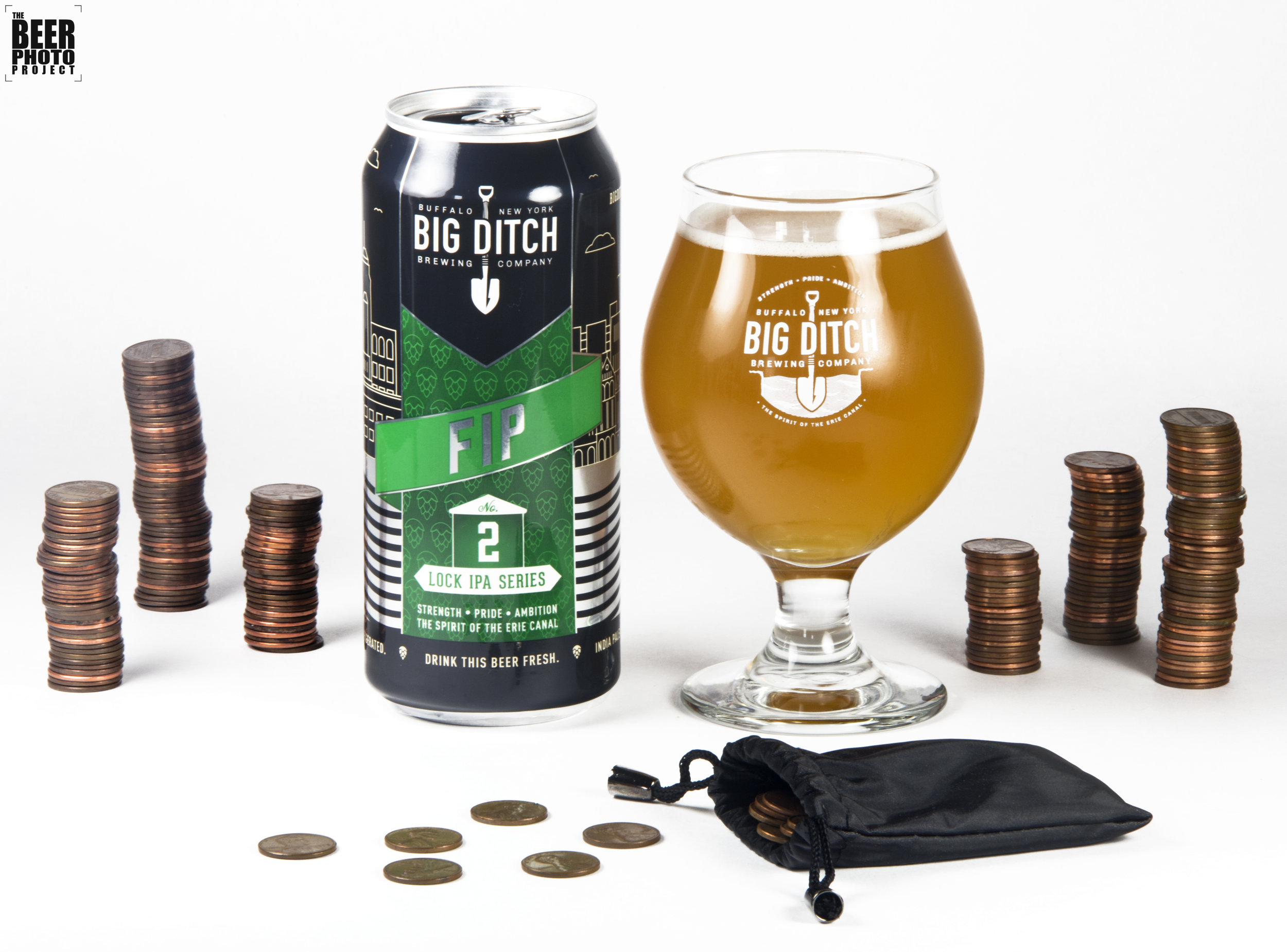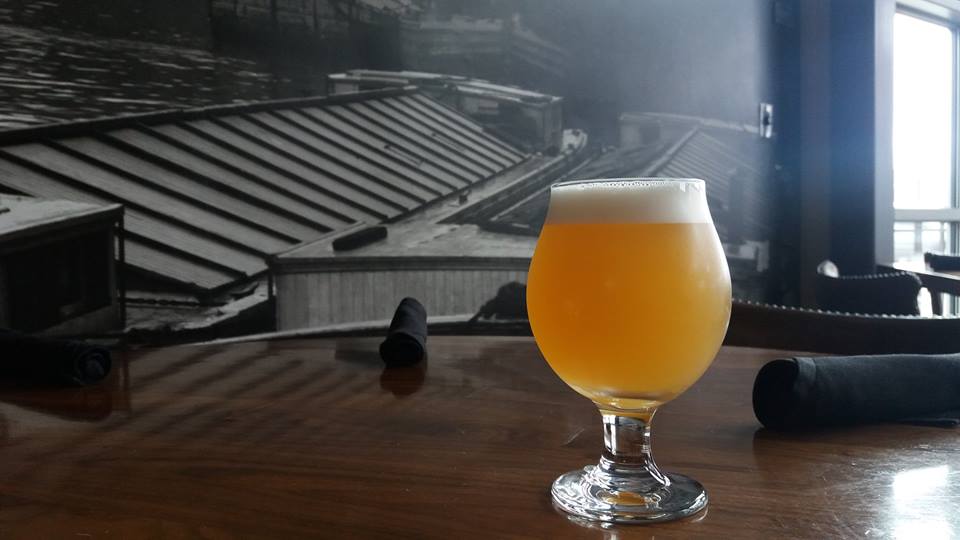So: this is going to be a real technical brewing type of blog. Brewers, homebrewers, or tech geeks – tune in. Hopefully the rest of you find this interesting as well.
To start: we had a really crazy summer of 2017.
In May of 2017, we began selling beer in Rochester. In June, we launched our first seasonal beer in cans: FC, our “fantastically crushable” summer session IPA, which began as a collaboration with FC Buffalo. At the end of June, we released the second batch of Packet, our first Lock IPA Series beer, which people keep asking us about to this day (yes, we will make this again, and sooner rather than later, hint hint).
By July, it became hard for us to keep up with demand, even though we just completed an expansion to triple our capacity the year before. While things have slowed down a bit (not a lot – just a little bit) during the winter, we were concerned that we’d have another even more chaotic summer this year.
And so, after analyzing our operation, we decided to add some efficiencies to maximize the amount of beer we could get out of our brewery.
It started with more fermenting vessels. We added two more 60 barrel tanks. We actually wanted to add a total of three tanks, but with the space constraints in the brewery, there was just no way for that to happen unless all of our brewers got a lot smaller! We named them FV12 and FV14, pretty boring names, but, y'know. There are no tanks named "13" in our brewery. You don't want to anger the voodoo beer gods.
One new tank in front, one in the back
All things considered, the new tanks went up pretty quickly – it only took 10 minutes (or a little over 2 minutes at 4x speed) to get FV14 into the building and lifted into place!
However, we knew the new tanks on their own would not be enough to maximize our capacity. One area in need of improvement was the time it was taking to carbonate our beer, which was typically about two days. Because this process took so long, we could only fill a few batches a week because we were constantly waiting for beer to carbonate. Luckily, there were tools available to allow us to carbonate beer faster. We purchased a small but effective inline carbonation system that allowed us to carbonate our beer in about 5 hours. This allowed us to move beer through our system a lot quicker, without sacrificing any quality in the process.
Doesn't look that impressive - but gets the job done.
We were also hoping to get more yield out of every batch of beer we brewed. How would we do that? Well, for one thing, we had pretty poor control over the flow from our mash tun, where the water and grains mix, to our kettle, where the wort (the sugary precursor to beer) was boiled. The better the flow control was, the more contact time the liquid in the mash tun would have with the grain, and the better our yield would be.
We wound up installing a flow meter between the two tanks, so we could monitor and control this flow. This control improved our yield about 2% for every batch. Now, 2% doesn’t seem like much – until you remember that an extra 2% yield is a whole week of production we gained for free! (well not for free – but the price paid for the flow meter was well worth it!)
Mash Tun - Kettle Flowmeter
We didn’t stop there though. We had other features of our brewery that were making things difficult. Our water supply was one. Our water was split such that we could either brew beer, or wash and keg beer, but we couldn’t do both at once. When we first opened, we never imagined this would be a problem, but we’re making about 20x more beer now than we were making back then! To solve this problem, we had to pipe a brand new set of water lines from our brewery to our packaging area and connect them into a new water filter dedicated to that area. Now we can brew and keg to our hearts content!
All of these changes should result in about a 20% improvement in our capacity, which means we now have the capacity to brew a bit more than 17,000 barrels of beer. That’s about 4.2 million pints of Hayburner, if anyone is keeping track.
Ain't it purdy?
In summation: all of this means that we can make more beer for you, Western New York! Thanks, as always, for your support!
Finally, you might be asking yourself: well, what’s next? One thing is for sure – we’re done adding equipment to the brewery. This was the fourth expansion project we’ve done in 3.5 years. What’s next is not for sure – but we’ll be sure to tell you about it when we have it figured out, so stay tuned. Thanks again for reading!


















